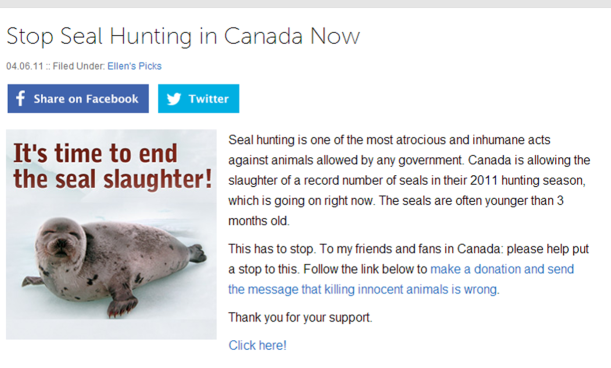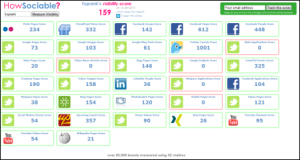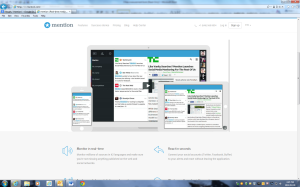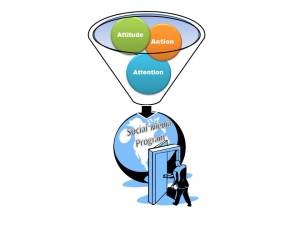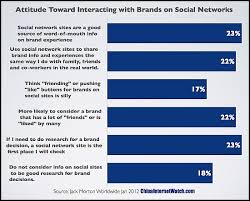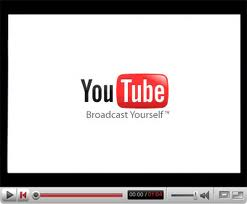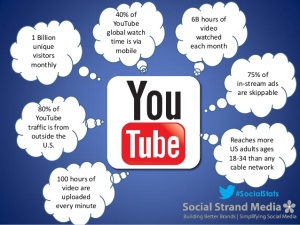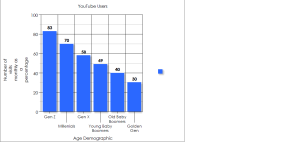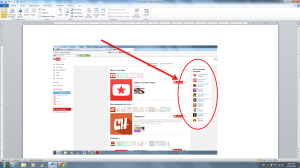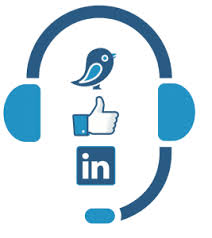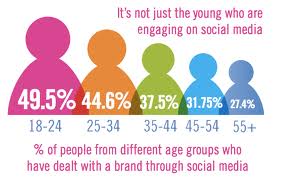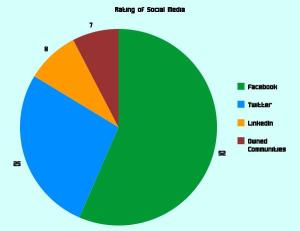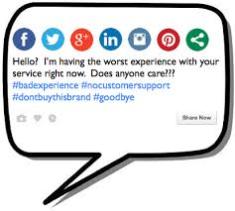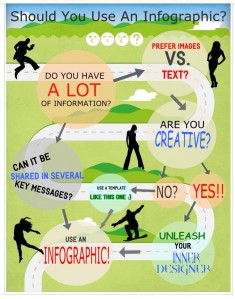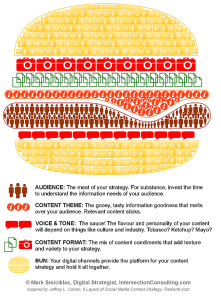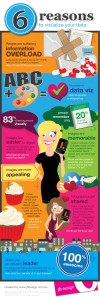…{enter eerie off-key music. Cue Rod Serling voice-over}
…Picture yourself walking through a door into a vast boardroom, dominated by an imposing table. This is not just any room, and this is not just any table. At one end is the entirety of your senior management team – directors, commissioners, CEO’s. Each with different social media icons painted on their foreheads. All of them staring down at you while you stumble up to the table, nervous, papers clutched in your sweating hands. You collapse into a boardroom chair under the combined weight of their collective gaze while flip-board tear-away sheets separate and spiral down like a whirlwind upon your head. Sheets with the words “ROI”, “Attitude”, “Action” , “Frequency”, “Yield”, “Attention” and “Reach” written in big bold block letters. You have entered…..THE MEASUREMENT ZONE.…
It sounds pretty scary, doesn’t it? The stuff from which nightmares are born. I have to admit that I read through this week’s required reading on Social Media program measurement with a fair amount of trepidation. I love working with words, connecting with the public and seeing something I’ve worked on positively influence someone else; that is why I am working towards my public relations certificate. But as anyone who’s taken Carolyn Kalil’s “True Colors” personality quiz can relate – I’m a blue in a gold world. Or to translate: while I prefer to concentrate on relationships, most businesses thrive on organizational processes designed to help achieve their financial goals. And regardless of how important those relationships are, especially when the tools being used to advance those goals are social media, in the end those approving the funding for the social media tactics are going to want to know how the money they’ve spent is helping their business objectives, or basically what is their Return on Investment (ROI). The only way to do that is to be able to measure what impact your social web programs are achieving.
“If ROI is a factor in the assessment of budgets in your organization, your social media program is competing for budget dollars against other programs based on their ability to show a positive return. Ideas get funded when they can be show to yield results.” Blanchard, Social Media ROI
Figuring out how to measure something as nebulous as a relationship a brand has with it’s consumer is very tricky. There are a multitude of online programs on the web aiming to turn impressions, “likes” and retweets into data that can be presented to senior management. Blanchard mentions you can measure social web activity in terms of frequency (how often), reach (increase in customers), yield (increase in action items) against business objectives. But it boils down to first having a clear vision of what those objectives are, what it is that you are measuring, how can it be tied back to your organization’s business objectives, and whether it can be shown that what you did made a difference in achieving those objectives. Or basically the three A’s of social web measurement: Attention, Attitude and Action.
Attention:
“The first problem of communication is getting people’s attention.”
― Chip Heath, Made to Stick: Why Some Ideas Survive and Others Die
The world wide web as a whole is a very noisy place, with many different formats and companies all competing for your public or customer’s attention. To be able to understand if you even reached your target audience, you need to establish your baseline – how many people have you already connected with before you launched your social web programs. Where are they, what were they saying, what impressions were made. After you can compare against that baseline to see if your social media program was noticed.
Action:
“In the end, people should be judged by their actions, since in the end, it was actions that defined everyone.”
― Nicholas Sparks
This is where you start looking at what your target audience is doing once you launch your program. You look at the frequency of mentions, you look at how many new customers or fans you’ve gained (did you expand the reach of your customer base), you look to see how many retweets or click-throughs. Anything and everything that ties back into your business objective that your social media program is supporting. And you keep track of all the data – this is what is measured.
Attitude:
“Could we change our attitude, we should not only see life differently, but life itself would come to be different. Life would undergo a change of appearance because we ourselves had undergone a change of attitude.”
And in the end of your campaign, you can measure what the audience feels about your company or brand, was the campaign effective in changing their actions in such a way that their opinions were improved and the business objective supported. Did it help drive more sales, or encourage more donations (or yield), or bring through greater awareness? Using social media tracking programs you can ultimately determine by comparing against your baseline if your social media program made a difference.
“The reality of running a business is that profit and loss ultimately drives every business decision requiring any sizable investment. If a company is going to invest in a program, it needs to know that its choice to fund that program will yield better results than where the money had been invested before.” Blanchard
This is the data that senior management is looking for, and the way to show how measurement is always needed in social web programs, and justifies that the money spent on your program was well spent.
And that my friend, is the Measurement Zone.



